NSX-T Series: Part 5 – NSX-T N-VDS and VDS 7.0
In this “NSX-T Series: Part 5 – NSX-T N-VDS and VDS 7.0” part, we will discuss the properties of NSX-T N-VDS and VDS 7.0. And touch the basic difference between both the switches and demonstrate the configuration and verification.
But if you want to start from beginning you can refer my previous part of the Series:
NSX-T Series : Part 1 -Architecture and Deploy
NSX-T Series : Part 2 – Adding Compute Manager
NSX-T Series : Part 3 – Planning NSX VXLAN
NSX-T Series : Part 4 – Transport Zones and Use cases for Multi-Transport Zone
NSX-T N-VDS
An N-VDS is the software logical switch that is the base software that runs on transport node. This is being centrally managed by NSX Manager and no there is no role of vSphere. Though this kind of architecture we have seen earlier also with Nexus 1000v where VSM ( Virtual Switch Module ) was the appliance of 1000v, and VEM ( Virtual Ethernet Module ) was installed on ESXi. In the initial versions it used to support VLAN later it started to supported VxLAN. But post 6.5 VMware stopped supporting 3rd party vendors which end the life for Nexus 1000v ( Though Cisco still supports on other Hypervisor but also stopped supporting for vSphere) I must say it was nightmare for many Network and VMware engineer !, but during my days in VCE vBlock I loved to troubleshoot it.
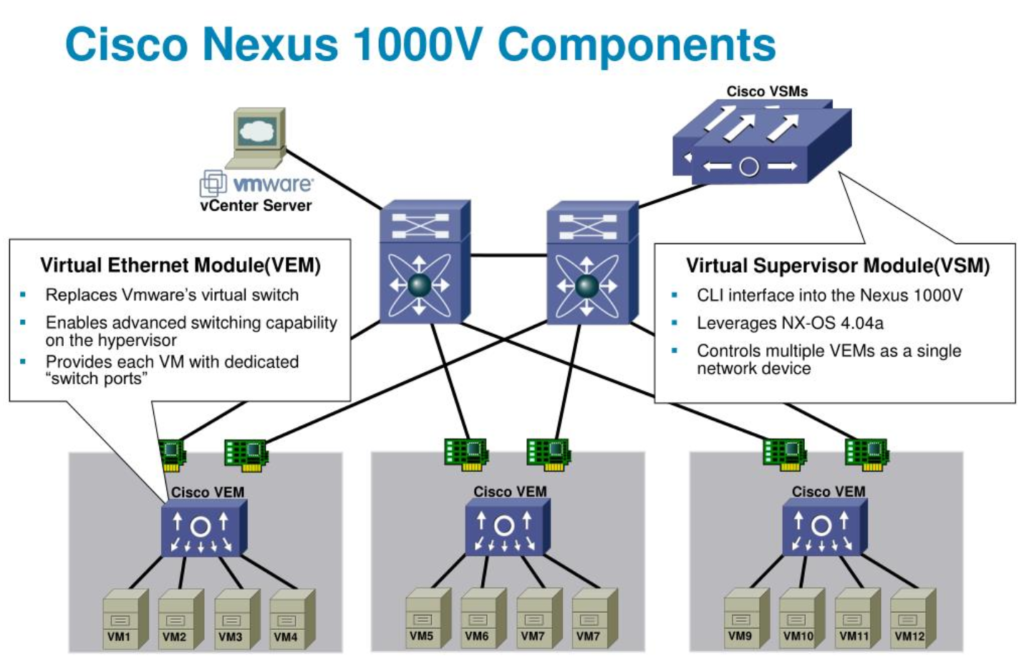
As said the architecture remains pretty same between 1000v and N-VDS, but back end development made N-VDS to support many other feature modules ( which we will explore in further blogs).
N-VDS is created and distributed across hypervisors ( ESXi and KVM) and NSX Edge transport nodes with a consistent configuration.
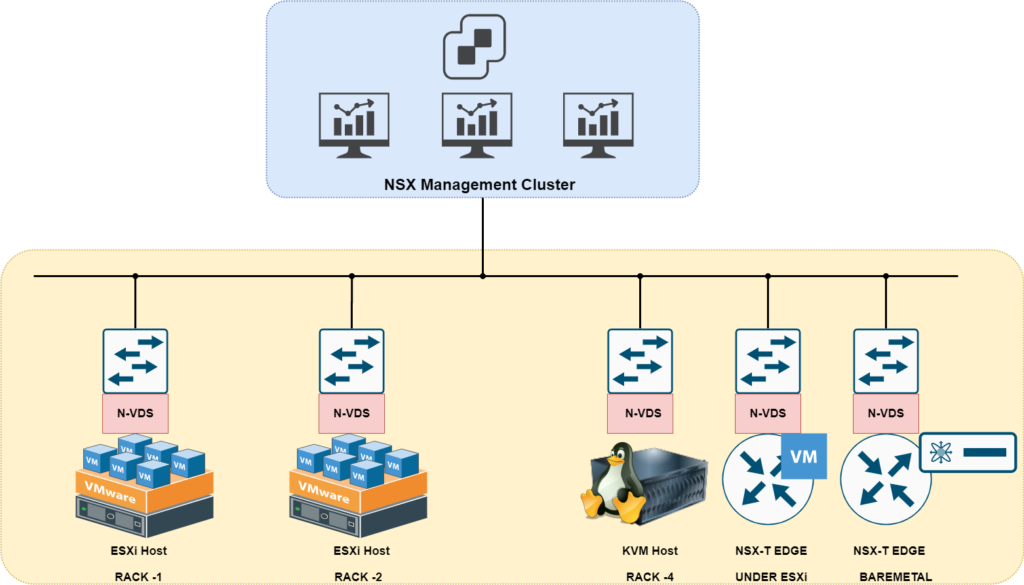
How N-DVS is configured
To configure N-DVS on the Edge transport node can be done via NSX manager System >> Nodes >> ( Host, Edge) >> Configure NSX >> Type ( Choose N-DVS) as mentioned below:
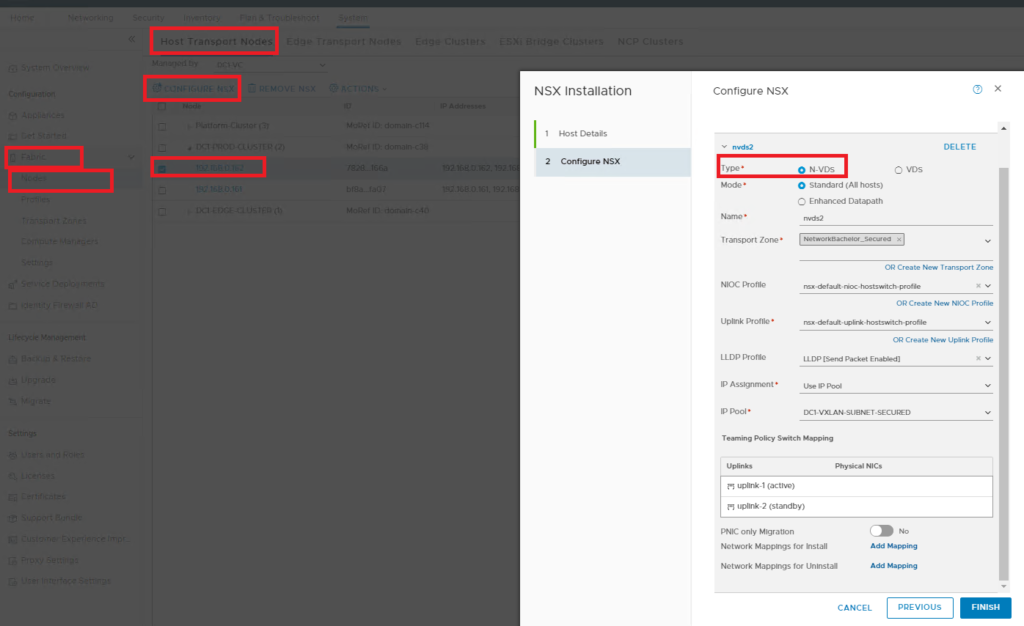
Verification of N-DVS
After adding the N-DVS the Transport node will install related vibs from NSX-Manager, and post installation you can verify the related uplink, VTEP ( vmk for VXLAN) and Software switch via Switch Visulization tab.
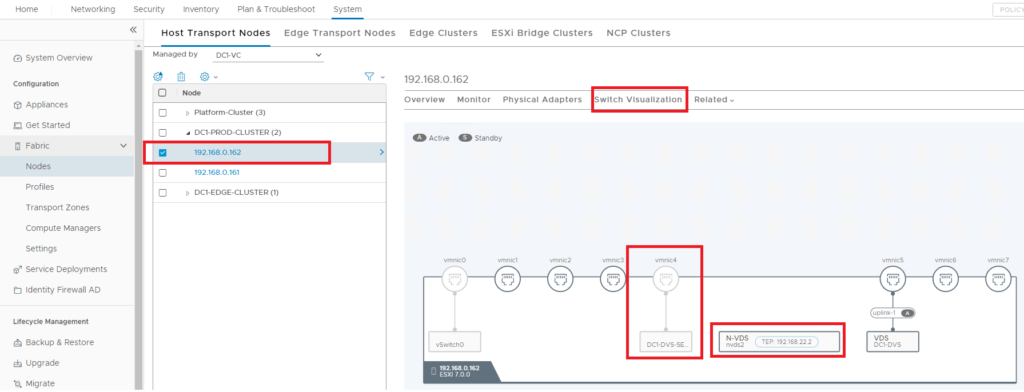
Logical switch ( VXLAN Port-group ) in N-DVS
The logical segment ( VXLAN Port-group) will be extended to the related host and can be also viewed on vCenter as Opaque Network.
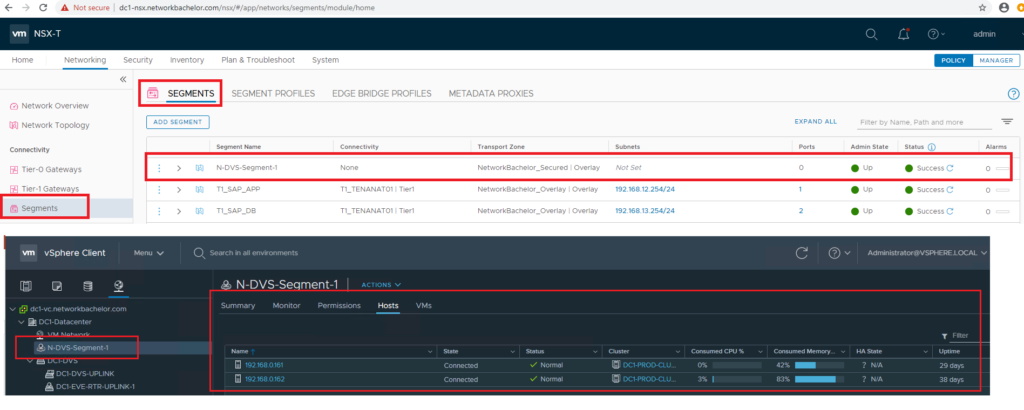
Since NSX-T it brought option to integrate Non VMware Hypervisor like KVM. So to push the config from NSX it uses OVS ( Open Virual Switch ) module which contains ovs-switchd and Open vSwitch Database ( OVSDB ).
The NSX agent configures the OVS through OVSDB and the Openflow protocol, and the module which was developed was NSX-Proxy for KVM.

vSphere DVS 7.0
With the release of vSphere 7.0 it started to support NSX-T constructs and vSphere network on same DVS, really this gives a lot benefits like :
- Need not to reserve pNIC ( vmnic ) for NSX-T
- All Port-Groups will be under DVS 7.0 ( but keep in mind the controlling will be through NSX Manager for NSX-T pg)
- Micro Segmentation for VLAN based workloads ( will discuss in upcoming blogs)
Well this is only supported on ESXi, it won’t be supported on KVM and EDGE Node because VDS is feature of vSphere. There is pre-requisite for DVS 7.0 to support NSX-T is to have minimum 1600 as MTU.
How DVS 7.0 is configured
Well how we have been configuring DVS it same way we need to configure from ESXi level, but to integrate NSX-T we can go through System >> Nodes >> ( Host, Edge) >> Configure NSX >> Type ( Choose DVS)
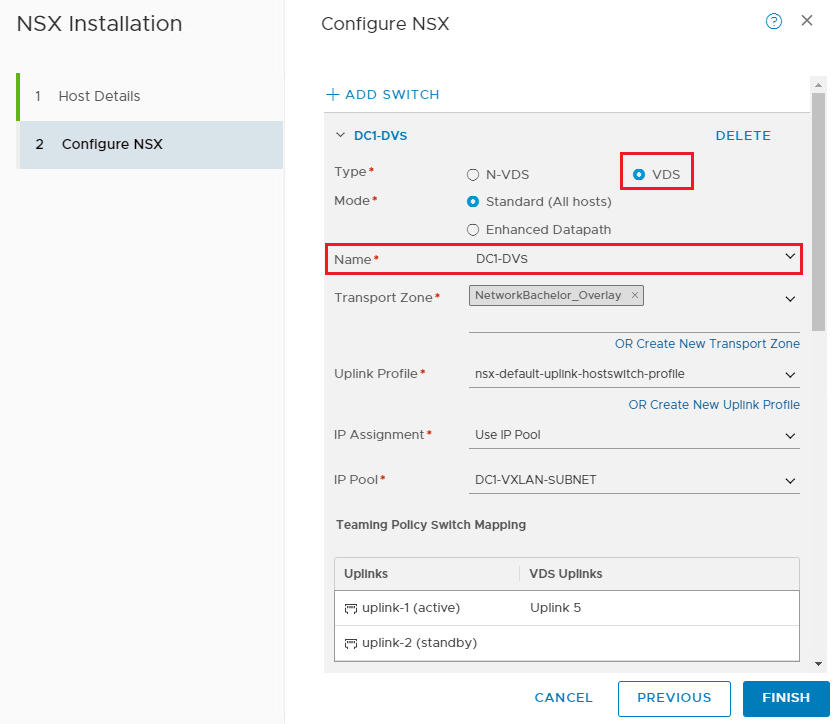
Verification of DVS
The same switch visualization can be used to view the current configuration and you can check on vCenter the vxlan configuration.
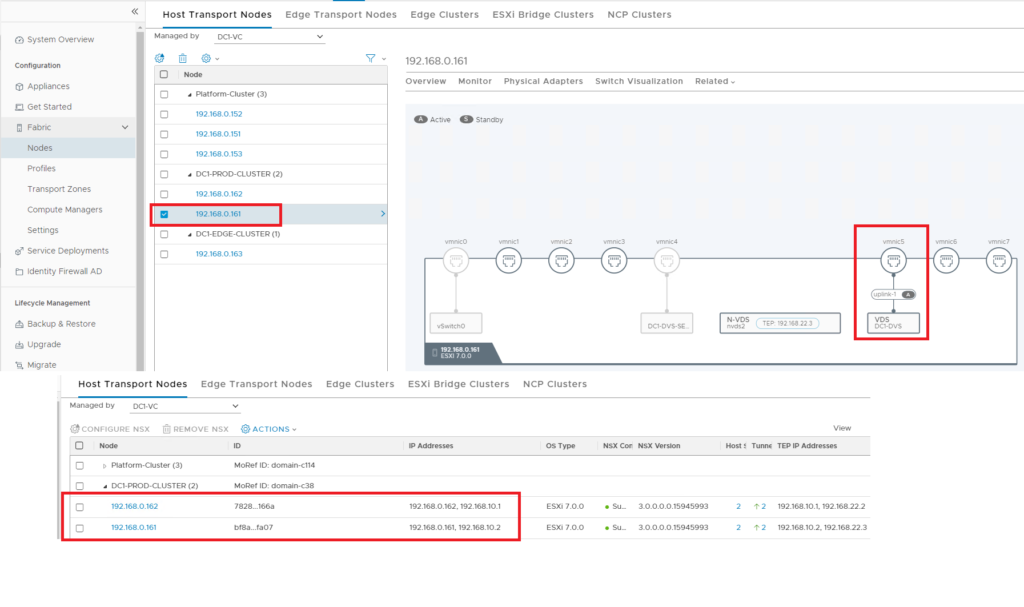
Logical switch ( VXLAN Port-group ) DVS
As said earlier the port-group of NSX-T will be under now DVS and this gives option of integration 3rd party solutions,
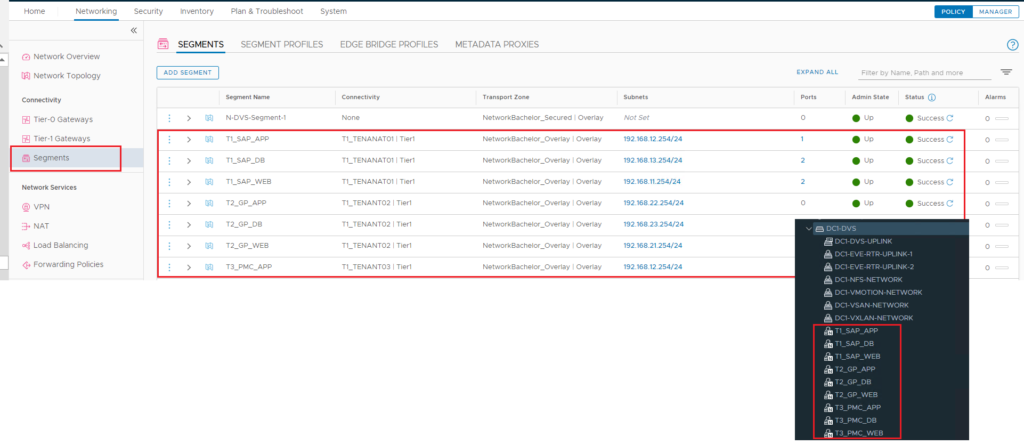
Summary
In this blog we covered basic information on N-DVS and DVS 7.0 from NSX-T support wise, in later blogs we will discuss the steps to migrate N-DVS to DVS7.0 if you upgraded the VMware suites recently. Though both switch is supported parallely on same ESXi.
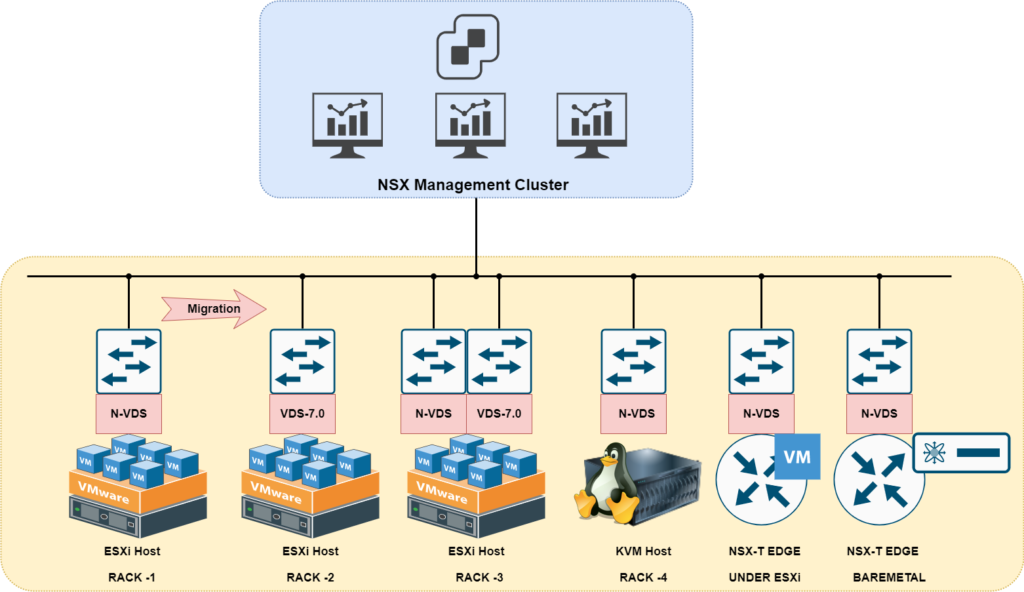
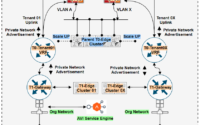
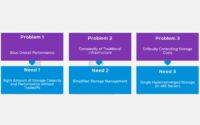

Hi Abhishek, but if you want use only vlan microsegmentation with VDS (or N-VDS) you need the same as the MTU at 1600 or not ?
Hi Valerio,
Thanks for visiting my blog.
When you are using NSX-T as micro segmentation only then there is no requirement to have 1600 MTU, this will be required when we have overlay in NSX-T.
I hope that answers your query.